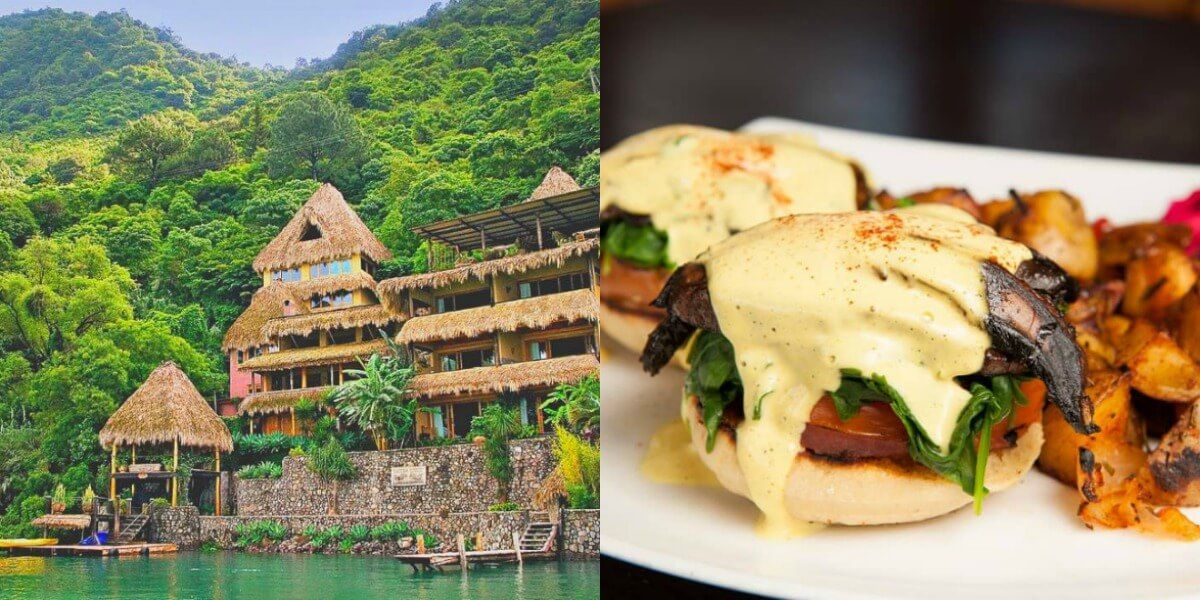Traditional Clothing and Costume Festivals
Traditional clothing is not just an ensemble of fabrics, colors, and accessories. It is an embodiment of a nation’s rich history, diverse customs, and fascinating traditions. These clothing pieces, adorned with intricate embroidery, vibrant patterns, and unique designs, tell stories of a nation’s past and present. To honor and celebrate these cultural treasures, various festivals are organized around the world that showcase traditional clothing and costumes. These festivals provide a platform for communities to express their identity, foster a sense of unity, and promote cultural exchange. Let’s dive into some of the most remarkable traditional clothing and costume festivals, which demonstrate the beauty of human diversity.
Festival Internacional de Benicàssim (FIB): Celebrating Spanish Tradition
Located in the picturesque town of Benicàssim, Spain, the Festival Internacional de Benicàssim, popularly known as FIB, is not just a music festival. It is a cultural extravaganza that demonstrates the fusion of Spanish music, art, and fashion. Attendees of all ages showcase their traditional costumes inspired by the country’s rich history, comprising flamenco dresses, mantillas, embroidered shawls, and bullfighting suits. The vibrant colors and intricate details of these outfits create a mesmerizing spectacle, celebrating the Spanish tradition in all its glory.
Diwali Celebration in India: Vibrant Attires Illuminating the Festival of Lights
Diwali, also known as the Festival of Lights, is one of the most significant Hindu festivals celebrated across India and around the world. During this festive season, people dress up in their finest traditional attire to symbolize the victory of light over darkness and good over evil. The streets become a runway for showcasing traditional Indian garments like sarees, salwar kameez, lehengas, and dhotis. These clothing pieces, adorned with intricate embroidery, zari work, and vibrant colors, illuminate the festival and add to the joyous atmosphere.
Carnival of Venice: A Masquerade of Elegance and Historic Splendor
The Carnival of Venice is a globally acclaimed festival that takes participants back in time to the city’s golden era. During this festival, attendees don exquisite traditional costumes and ornate masks, transforming the streets into a mesmerizing masquerade ball. The elaborate handcrafted masks, often embellished with feathers, gemstones, and gold leaf, are a symbol of elegance and mystery. The costumes are equally extravagant, featuring opulent fabrics, intricate lacework, and period-specific accessories.
Oktoberfest in Germany: A Blend of Tradition and Frolic
Oktoberfest, held annually in Munich, Germany, is the world’s largest beer festival. While beer takes center stage, traditional clothing plays an equally important role in this celebration. Lederhosen and dirndls, the traditional Bavarian costumes, dominate the festival grounds. Lederhosen are leather breeches worn by men, often paired with checked shirts and sturdy boots. The dirndl, on the other hand, is a female costume consisting of a bodice, blouse, skirt, and apron. It is a celebration of rural Bavarian traditions and adds an authentic charm to the festivities.
Day of the Dead (Día de los Muertos) in Mexico: A Colorful Tribute to Ancestors
The Day of the Dead is an ancient Mexican tradition where people honor their ancestors and celebrate their lives. This festival has gained worldwide recognition for its vibrant colors, intricate makeup, and elaborate traditional costumes. Participants paint their faces with skull designs, known as calaveras, and don traditional clothing like colorful dresses, embroidered blouses, and intricately woven shawls. These outfits, adorned with marigold flowers and intricate designs, pay homage to the cultural heritage and evoke a powerful sense of celebration and remembrance.
Conclusion
Traditional clothing and costume festivals offer a unique glimpse into the cultural diversity and heritage of nations worldwide. These festivals create a platform for communities to showcase their traditional attire, fostering a sense of identity, unity, and pride. Through the intricate details, vibrant colors, and unique designs of these clothing pieces, we can witness the beauty of human diversity and the traditions that connect us all. So, let’s celebrate these festivals and embrace the rich tapestry of cultures that shape our world.

